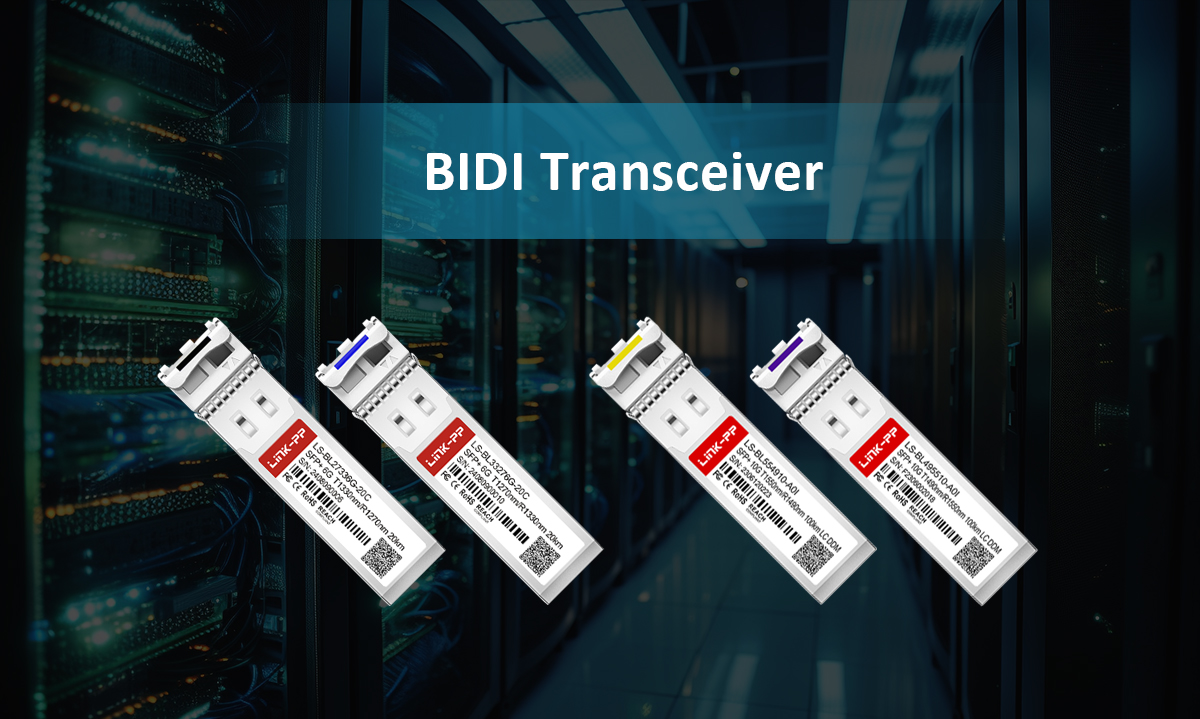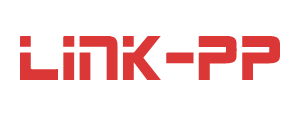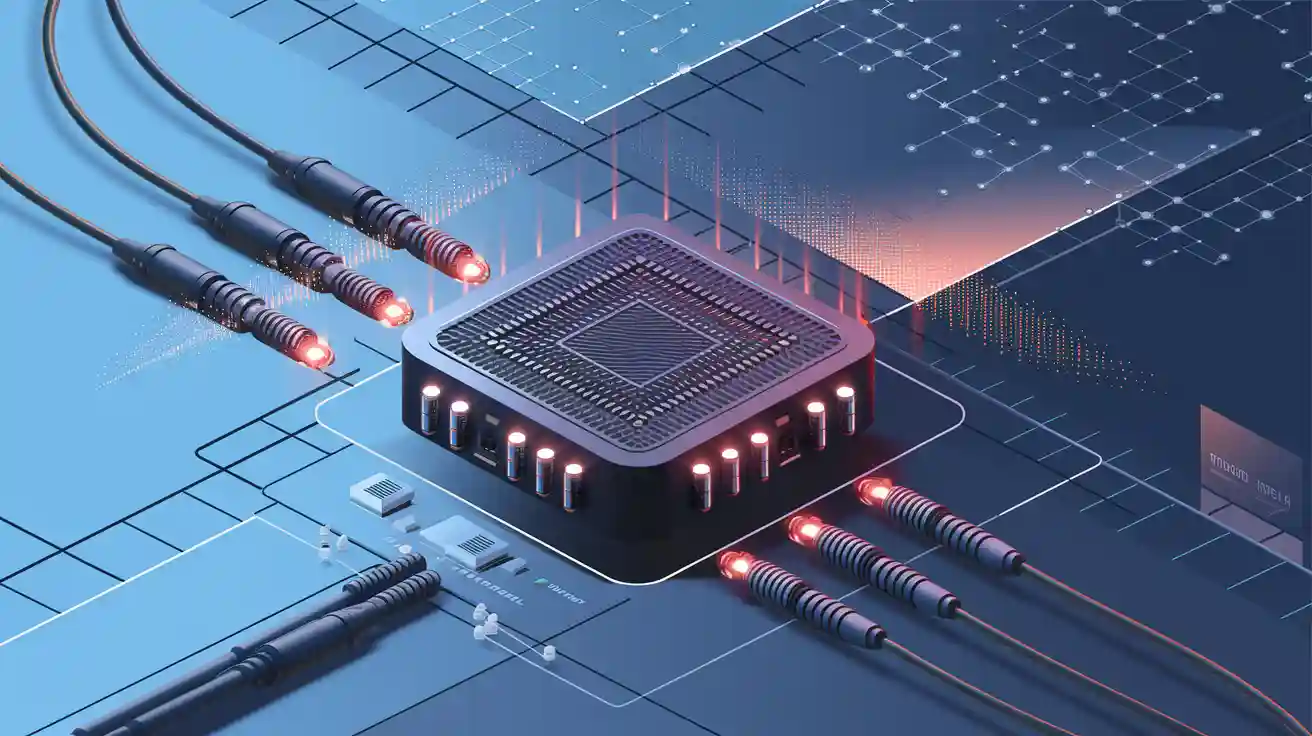
In today’s high-speed networking landscape, BiDi (Bidirectional) transceivers have become a game-changer, enabling efficient single-fiber communication while reducing infrastructure costs. Whether in data centers, telecom networks, or enterprise environments, BiDi transceivers offer a smart solution for optimizing fiber usage.
This guide will explore:
✔ What is a BiDi transceiver?
✔ How does it work?
✔ Key benefits over traditional transceivers
✔ Common applications
✔ How LINK-PP Optical Transceivers enhance BiDi solutions
1. What is a BiDi Transceiver?
A BiDi (Bidirectional) transceiver is an optical module that transmits and receives data over a single fiber strand using Wavelength Division Multiplexing (WDM) technology. Unlike standard transceivers that require two fibers (one for Tx, one for Rx), BiDi modules use different wavelengths (e.g., 1270nm/1330nm) to send and receive signals simultaneously on the same fiber.
Key Features of BiDi Transceivers
Single LC connector (simplex fiber)
Supports 1G/10G/25G/40G/100G speeds
Extended reach (up to 80km with EML/APD technology)
Compliant with IEEE 802.3 standards (e.g., 10GBASE-BX)
Digital Diagnostics Monitoring (DDM/DOM) for real-time performance tracking
2. How Does a BiDi Transceiver Work?
BiDi transceivers rely on WDM (Wavelength Division Multiplexing) to separate upstream and downstream signals. Here’s how it works:

Transmitter Side
A laser diode (DFB or EML) emits light at one wavelength (e.g., 1330nm).
The signal travels downstream through the fiber.
Receiver Side
A photodetector (PIN or APD) captures incoming light at a different wavelength (e.g., 1270nm).
The signal is converted back to an electrical signal for processing.
This bidirectional communication allows full-duplex data transfer over a single fiber, effectively doubling fiber capacity.
Key Components of a BiDi Transceiver
A BiDi transceiver has several important parts that make it work:
WDM Coupler (Diplexer): Combines and separates light by wavelength. Keeps data streams clear.
Optical Transmitter: Changes electrical signals into light signals. Works at specific wavelengths like 1310nm or 1550nm.
Optical Receiver: Captures light signals and turns them back into electrical signals.
Simplex Port: Uses one port for both sending and receiving data, unlike traditional two-port transceivers.
Hot-Swappable Interface: Lets you replace or upgrade the transceiver without turning off the system.
These parts work together for fast, reliable communication. The small size of a BiDi transceiver makes it easy to add to existing systems, simplifying networks.
3. BiDi vs. Standard Transceivers: Key Advantages
Feature | BiDi Transceiver | Standard Duplex Transceiver |
|---|---|---|
Fiber Usage | Single fiber (cost-effective) | Two fibers (higher cabling cost) |
Installation | Simpler, less infrastructure | More complex, dual-fiber paths |
Distance | Up to 80km (with EML/APD) | Typically limited to 10-40km |
Applications | Metro networks, FTTx, 5G backhaul | Data center interconnects |
Why Choose BiDi?
✔ Reduces fiber costs by 50%
✔ Simplifies network upgrades (no need for new fiber runs)
✔ Ideal for congested fiber ducts
4. Common Applications of BiDi Transceivers
A. 5G & Telecom Networks
Mobile Fronthaul/Midhaul: BiDi SFP+ (10G/25G) connects 5G base stations efficiently.
FTTx (Fiber-to-the-Home): Enables single-fiber GPON/EPON deployments.
B. Data Centers
Spine-Leaf Architecture: Reduces fiber clutter in high-density environments.
Storage Area Networks (SANs): Supports Fibre Channel (8G/16G) over single fiber.
C. Enterprise & Industrial Networks
Campus Backbone Links: Extends 10G connectivity without additional fiber.
Harsh Environments: Industrial-grade BiDi modules (-40°C to +85°C) for outdoor use.
5. LINK-PP Optical Transceivers: Enhancing BiDi Solutions
As a leading manufacturer of high-performance optical transceivers, LINK-PP provides reliable, cost-effective BiDi solutions for modern networks.
Why Choose LINK-PP BiDi Transceivers?
✅ Full MSA Compliance: Compatible with Cisco, Huawei, H3C, and more.
✅ Extended Temperature Range: Industrial-grade options (-40°C to +85°C).
✅ High-Speed Support: 1G SFP, 10G SFP+, 25G SFP28, and 100G QSFP28 BiDi variants.
✅ Low Power Consumption: Optimized for energy-efficient networks.
Example Model:
LINK-PP 10G BiDi SFP+ LS-BL273310-10I (1270nm/1330nm, 10km, DDM support)
Conclusion
BiDi transceivers are revolutionizing fiber networks by enabling high-speed, single-fiber communication. Whether for 5G, data centers, or enterprise networks, they offer a cost-effective, scalable solution.
LINK-PP deliver high-performance BiDi modules that meet the demands of modern networks. Looking for a reliable BiDi solution? Contact LINK-PP today for customized options!
FAQ
What does a BiDi transceiver do?
A BiDi transceiver sends and receives data using one fiber. It uses Wavelength Division Multiplexing (WDM) to work both ways at the same time. This saves fiber and lowers setup costs.
How are BiDi transceivers different from regular ones?
BiDi transceivers need only one fiber for data flow. Regular transceivers use two fibers—one for sending, one for receiving. BiDi transceivers reduce cables, simplify networks, and save money.
Which networks benefit most from BiDi transceivers?
Data centers and telecom systems gain the most. These transceivers handle large data loads well. They are perfect for fast and reliable communication.
What is Wavelength Division Multiplexing (WDM)?
WDM splits light into different colors or wavelengths. Each color carries data in one direction. This lets BiDi transceivers send and receive data on one fiber without mixing signals.




